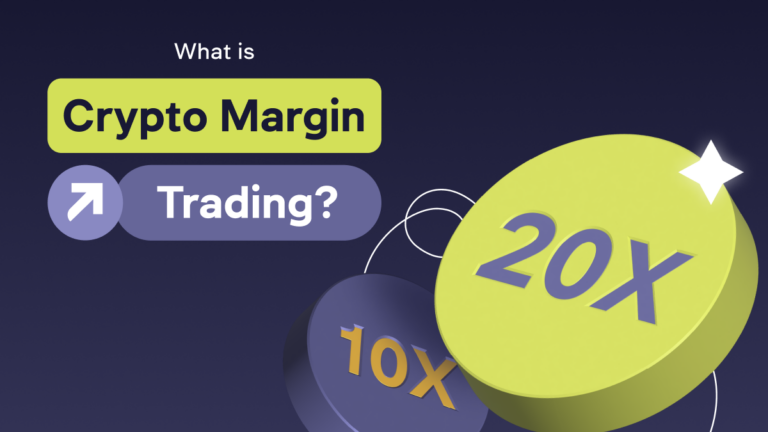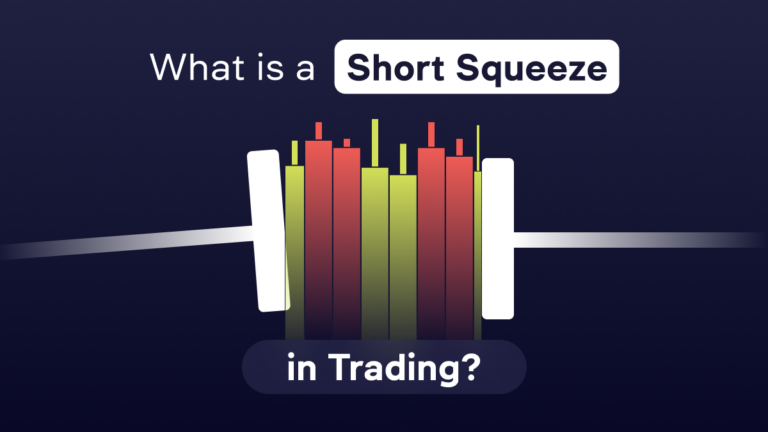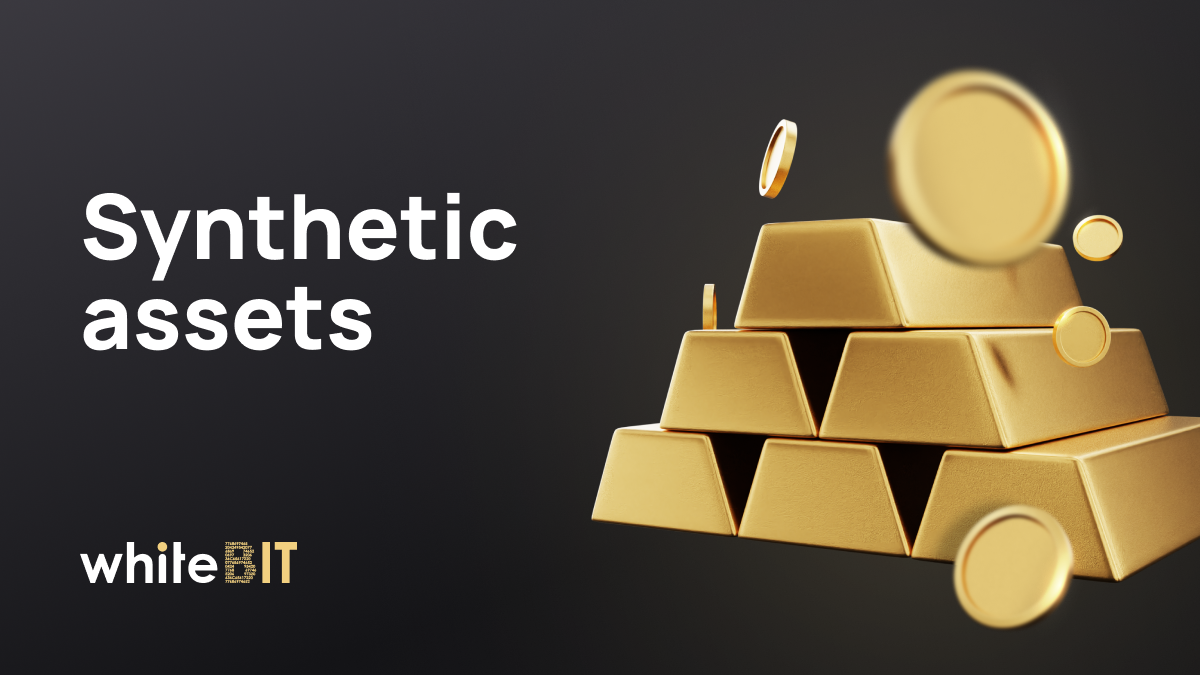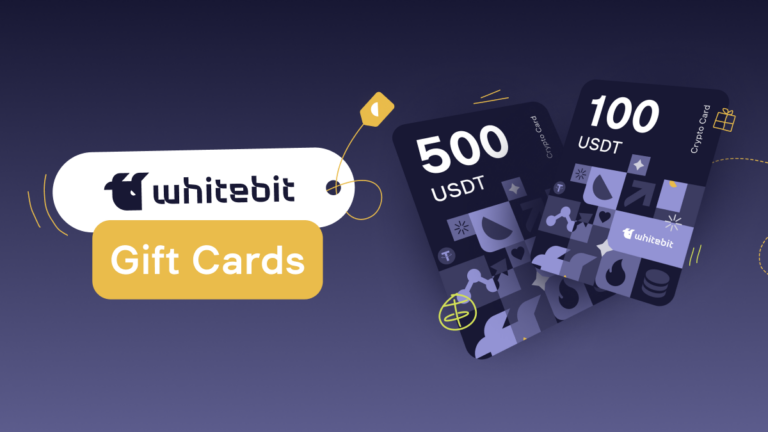Web 3.0 & Finance
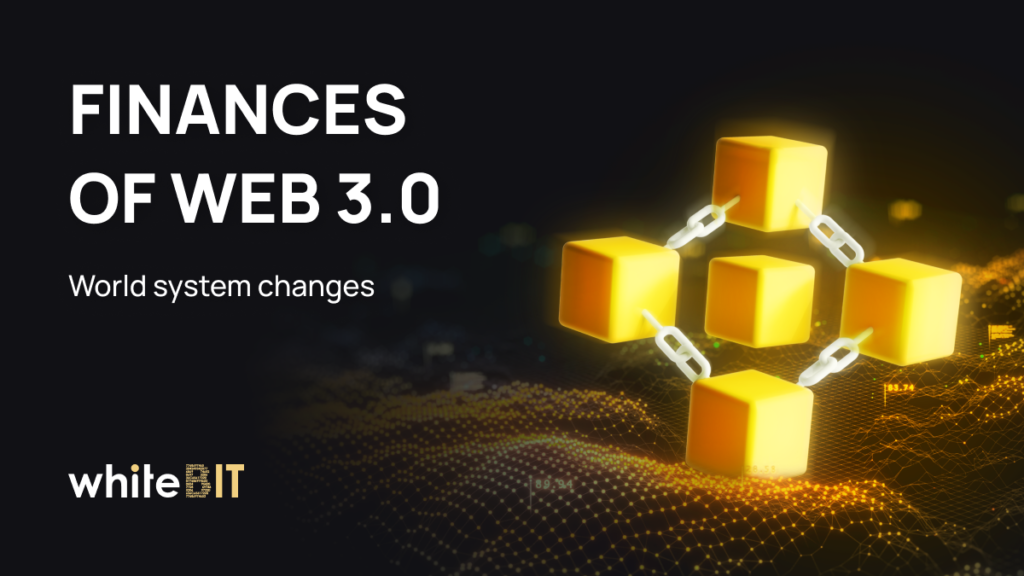
Content
In the recent WhiteBIT x WOO Network article, you consolidated your knowledge or learned for the first time about Web 3.0 — the idea of the current internet version. Just in case, we briefly recall what it is:
Web 3.0 is a term that originated in 2014 that marks the entry into a new internet era, which implies the spread of decentralization and token use.
Today you probably find it hard to imagine a time when the internet was not about money — purchases only took place offline, digital services didn’t exist, and changes constantly poured out of pockets. It’s good that things are changing. Web 3.0 interacts closely with money, transferring it to bright screens, but everything has become slightly more confusing now. Let’s discuss the finances of the Web 3.0 era to understand what’s going on finally.
TradFi vs. DeFi
Some can say that decentralization is like freedom. For example, it’s a release from Google, Apple, and Facebook, who now own our data and sometimes get their hands dirty selling it. Jack Dorsey, the former co-owner of Twitter and the current owner of Block, recently floated the idea of a decentralized web where users fully own their data and enjoy privacy. This version is called Web 5.0 (Web 2.0 + Web 3.0) and is not expected anytime soon. Yes, this is a long evolutionary path of the digital world, the results of which have yet to live. In the meantime, let’s delve into what kind of decentralization Web 3.0 can offer us.
TradFi (traditional finance) is a traditional financial market and institutions (banks, investment funds); DeFi (decentralized finance) is a decentralized financial market based on blockchain.
Some believe TradFi and DeFi don’t compete at all and can coexist peacefully. We need to standardize the rules and terms to integrate these systems. However, as history shows, sooner or later, one absorbs the other, and visionaries of the digital system seek to overturn traditional market standards.
Despite notable differences, TradFi and DeFi have common issues:
- system inconsistency and payment errors;
- asset theft or data leakage;
- lack of trust, discrimination, and unequal access;
- market failures and falls;
- money laundering, fraudulent schemes, terrorist financing, tax evasion.
All these things at this stage of development of the financial system, generally, haven’t wholly disappeared. And DeFi, among other things, couldn’t defeat them. Yet DeFi has a significant advantage — it is a trend. And this is how the leading minds see the future today. Also, from the benefits of a decentralized system, we can distinguish:
- open source code that provides transparency of transactions;
- anyone can use DeFi apps and services;
- anyone can create a DeFi application;
- you can combine existing DeFi applications to develop new ones.
Question: If decentralization implies the absence of a single decision-making center, who and how makes them?
DAOs
DAO (Decentralized Autonomous Organization) is an autonomous system, the distinctive feature of which is the absence of a central control node. Just like the hierarchical structure — all DAO participants have the same rights and can vote for changes in the protocol — this is how the organization is managed collectively.
Thanks to the Ethereum blockchain, smart contracts appeared — algorithms for specific actions, and thanks to them, it became possible to create DAOs. But why do we need them?
- DAO is always based on an idea or mission, and its participants are usually interested in its implementation or fulfillment.
- DAO has its fund for the idea implementation, as well as digital assets that participants receive as a reward for specific actions.
- DAO has a transparent system for spending money from the fund.
- DAO coordinates participants and rewards them for completing assigned tasks.
Step into a new reality
Web 3.0 is gaining momentum, but we already see where to move — towards digitalization and decentralization. The invention of the blockchain is a significant event for Web 3.0, opening up many opportunities for creating new applications, services, and organizations.
It is just the beginning! Expect even more informative articles from WhiteBIT and WOO Network about Web 3.0 to stay up to date with the current reality of the web.





